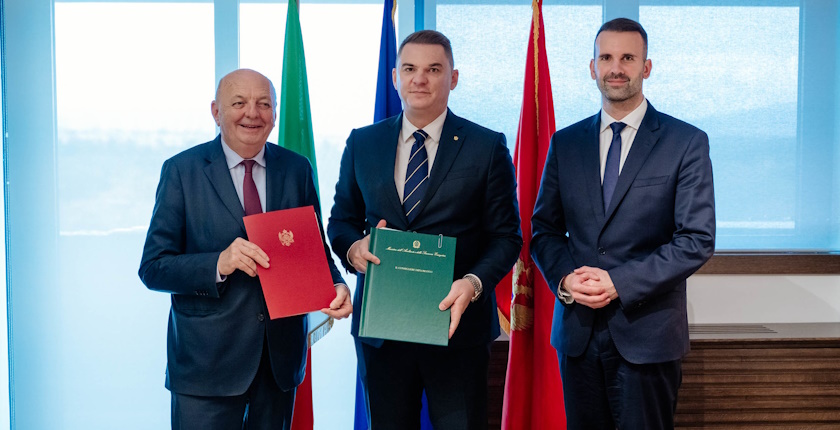Montenegro to Couple Power Market with Italy
Montenegro and Italy to couple power markets via undersea link; integration boosts liquidity, stability, and renewable economics amid wider energy volatility. (CL=F, DXY)

Montenegro and Italy have reached agreement to couple their electricity markets, marking a major step toward full Adriatic energy integration under the European Network of Transmission System Operators for Electricity (ENTSO-E) framework. The move will link Montenegro’s day-ahead power market with Italy’s Gestore dei Mercati Energetici (GME) through implicit auctions, using the existing 600-MW undersea interconnector to enable automatic cross-border trading.
The arrangement aims to reduce price volatility, deepen market liquidity, and enhance security of supply on both sides of the Adriatic. For Montenegro, coupling provides access to Italy’s deeper liquidity pools, helping smooth domestic imbalances and reducing dependence on costly balancing energy during hydro shortages. For Italy, the link introduces incremental flexibility, allowing imports from Balkan renewables and easing tight hours in the national grid while offering another outlet for renewable overflows during surplus generation periods.
At the core of the model is price convergence: market coupling automatically allocates interconnector capacity to the most efficient trades, narrowing spreads and improving dispatch efficiency. Over time, this mechanism should strengthen the investment case for renewables by lowering curtailment risk and increasing off-take certainty.
Regulatory alignment remains essential. Gate-closure timing, loss-factor rules, and firmness provisions will determine realised efficiency and investor confidence. Analysts will monitor day-ahead price spread behaviour relative to Italy’s GME benchmark, utilisation of the interconnector, and balancing-price dynamics.
Consumers should initially expect lower volatility rather than outright price declines, while system operators benefit from improved grid resilience heading into the winter season. Broader global factors — notably gas hub movements and the wider energy complex (CL=F) — together with DXY-linked import costs, will continue to shape short-term price dynamics.





